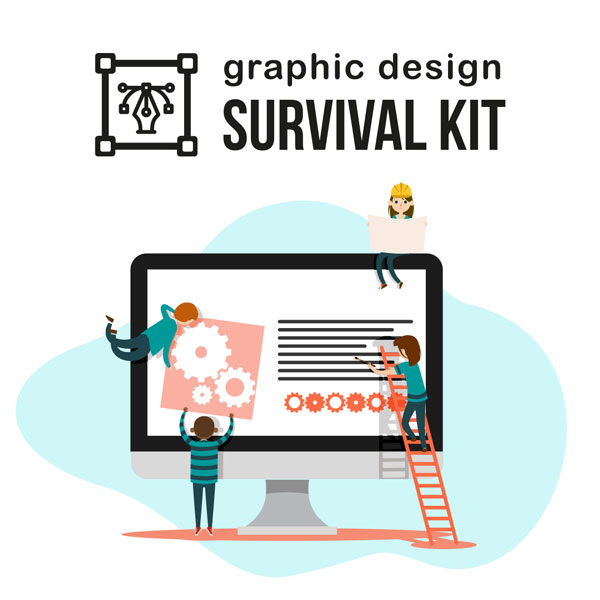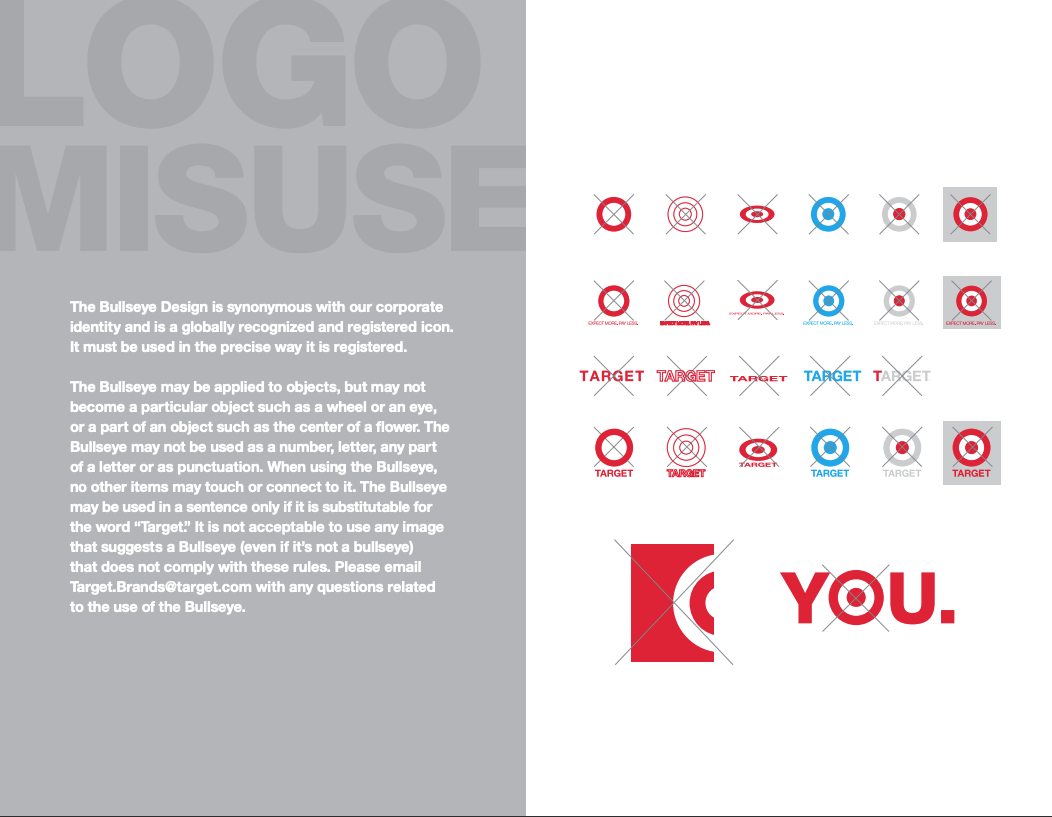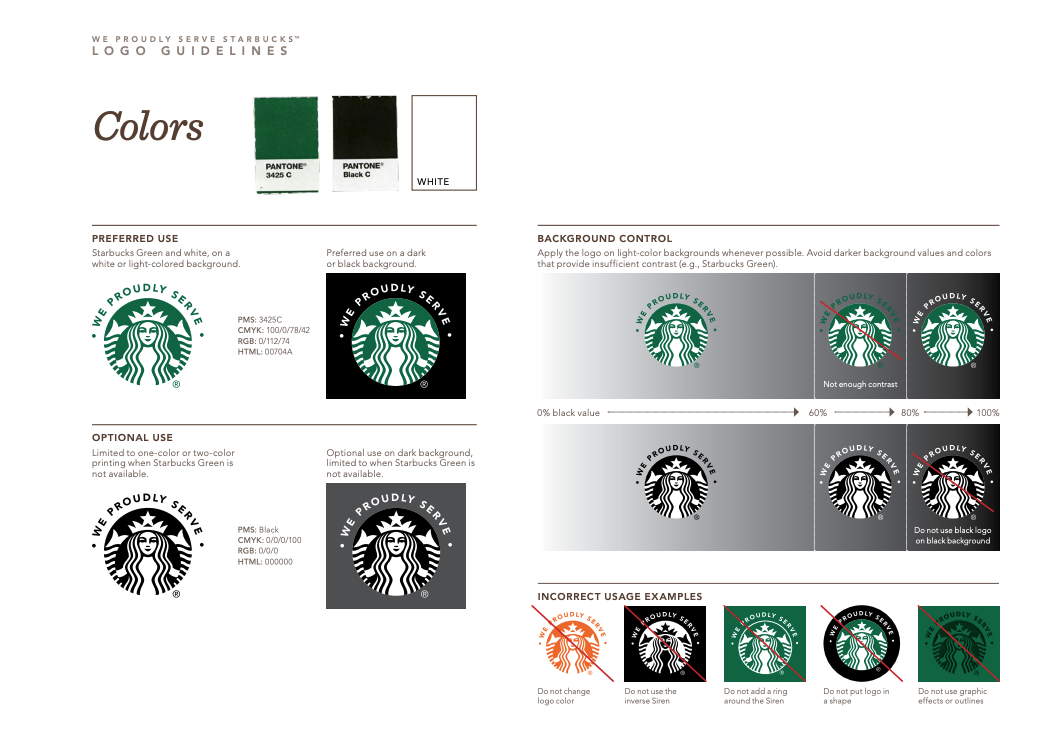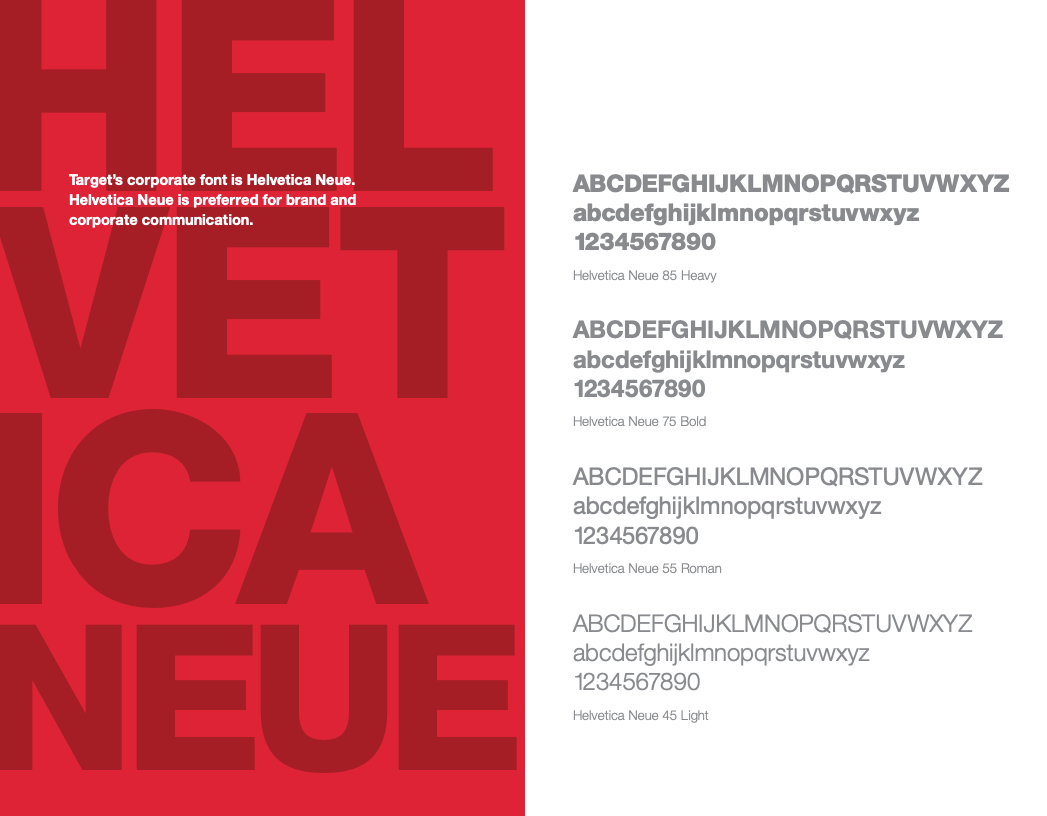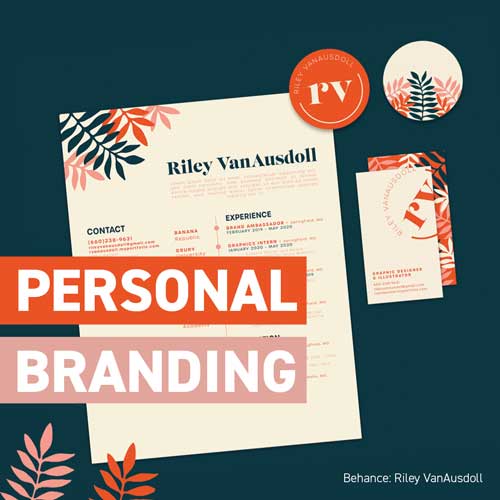Are you struggling to create a brand guide for a client, or do you need help to produce a brand guide for your own company? This post is the perfect place to start if you are planning to create a brand guide for one of your clients or yourself.
What is a brand style guide?
Brand Style Guide is a rulebook that explains how a business presents itself to the world through its logo, font and colour selections, photography and much more.
A brand style guide also is known as a brand book or brand bible but don't let the names intimidate you—those are just different names for the same document.
What's the purpose of a brand guide
Companies often need to have a brand guide that they can send out to any business partners who work with them. The brand guide will act as a reference tool that helps maintain consistency for the brand look, feels and tone.
Here are some things you should consider when designing brand guides
Should it be a digital or hard copy?
Companies should have hard copies of the brand guide, but for companies that mainly work digitally, it would seem logical to have a digital brand guide.
Digital Guides will allow you to have an interactive PDF where the contents page contains hyperlinks, buttons and overall help the viewer navigate to different sections quickly.
LEARN ADOBE APPLICATIONS
from Adobe Certified Instructors and industry professionals
What length of the document is required?
The size of the company doesn't necessarily reflect the length of the document. You could have a small company that wants to specify lots of details or a large company that is happy with just focusing on a few crucial aspects.
Document size can vary from 1 page to 80 pages. As a designer, you must understand what level of detail the company requires.
See below of a great example of Get Raw Brand Style Guide in a form of a one page digtal poster.
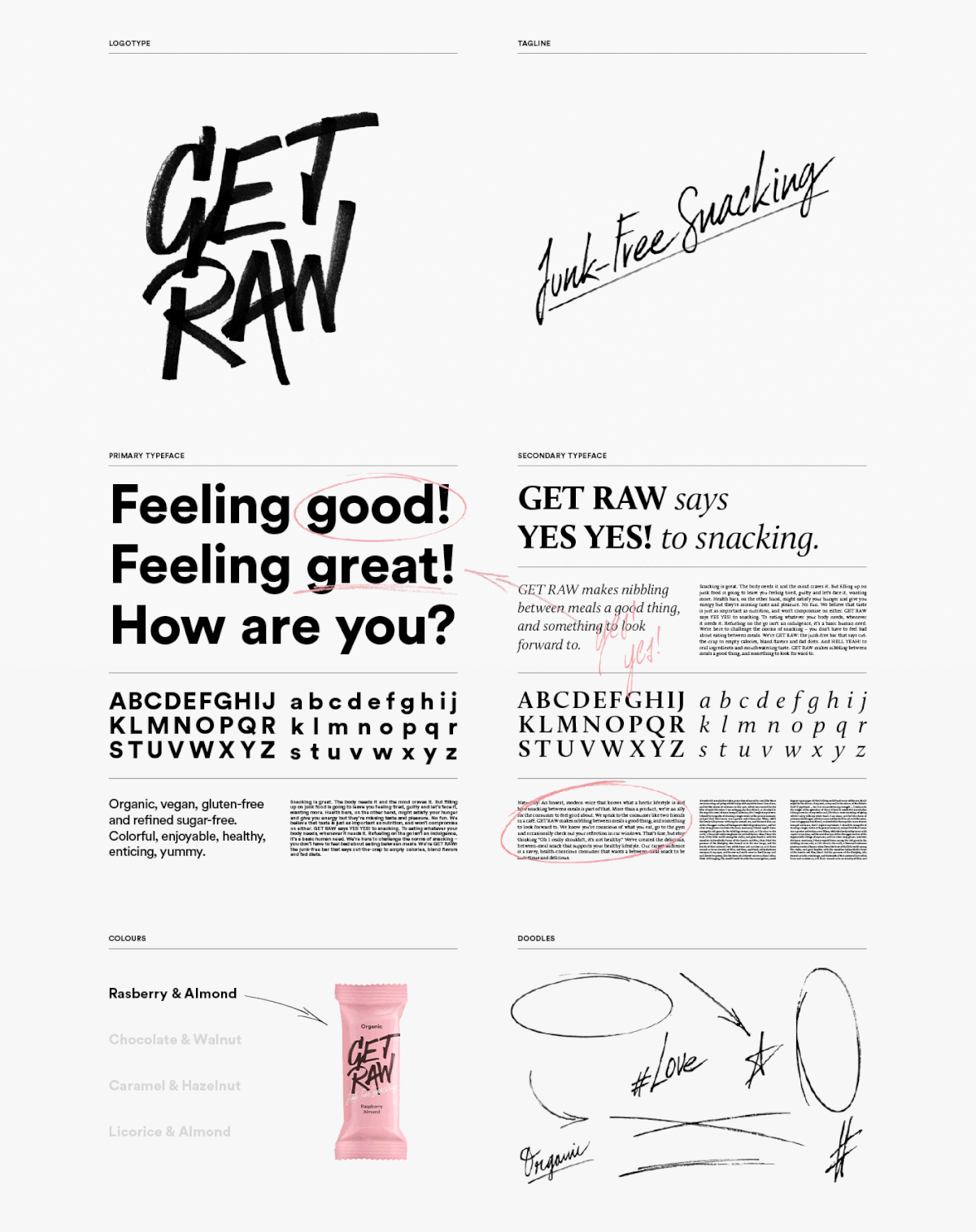
What are the company values?
Style guides should usually start with a few chapters on the mission and values of the company. It would help if you got a good understanding of the company before you work on this document.
Things to include are:
- Where they are at the moment (purpose)
- Where they are heading (ultimate goals)
- Their target audience
- Tone of voice
- Brand personality
A useful tip is to include adjectives that define the brand to help give a clear understanding of its values. Some brands might even use opposite adjectives to clarify what they do NOT want in their brand value.
What are the brand elements?
Here are the key brand elements to consider on the guide:
Logo
The guide should clearly explain how to use the Logo, including minimum sizes, spacing, colours and in general what not to do with it. It's best to keep these pages clutter-free and straightforward, as shown in the example below!
Typeface
Most brands work with a font family which can be extensive and have several variations to allow flexibility with formatting, however, it is common to have the main font and a secondary font which work well together. For best practice, use two contrasting typefaces.
Colour
It is a standard practice to have a primary colour followed by secondary colours. For consistency, try to include colour swatches in RGB, HEX, CMYK codes and Pantone name (if applicable). Below is a great example from Google's Brand Guide in regards to colour usage.
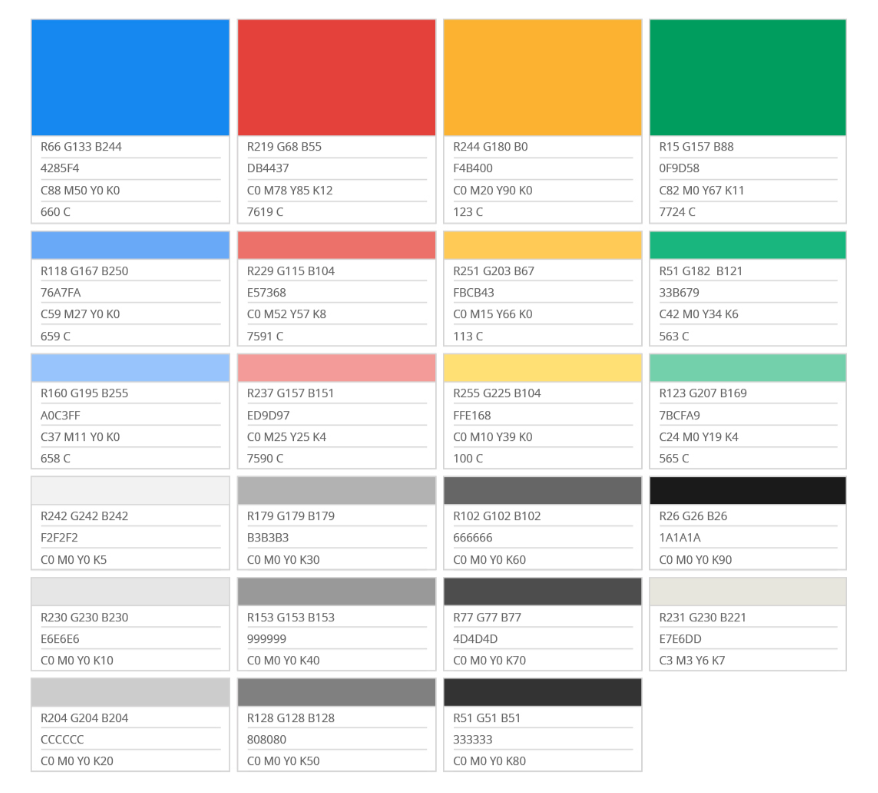
Additional Elements
There are many other elements to consider, such as imagery, motion graphics, templates, social media etc. If you're keen to learn about these, check out the video which explains other things to consider!
Conclusion
I hope you enjoyed this post, Brand Style Guide comes in many forms and size, and as a designer, you need to work with your client to help them build a brand guide that can serve the company for many years to come.
However, please note, that in the past, brand guides could work for decades; but, with ever-changing trends in graphic design, brands can now change reasonably often.
RECOMMENDED READ
Learn how to create outstanding interactive presentations using Adobe XD!
RECOMMENDED READ
Learning to build brands is an essential skill for designers and learning to brand yourself is perhaps more important.
